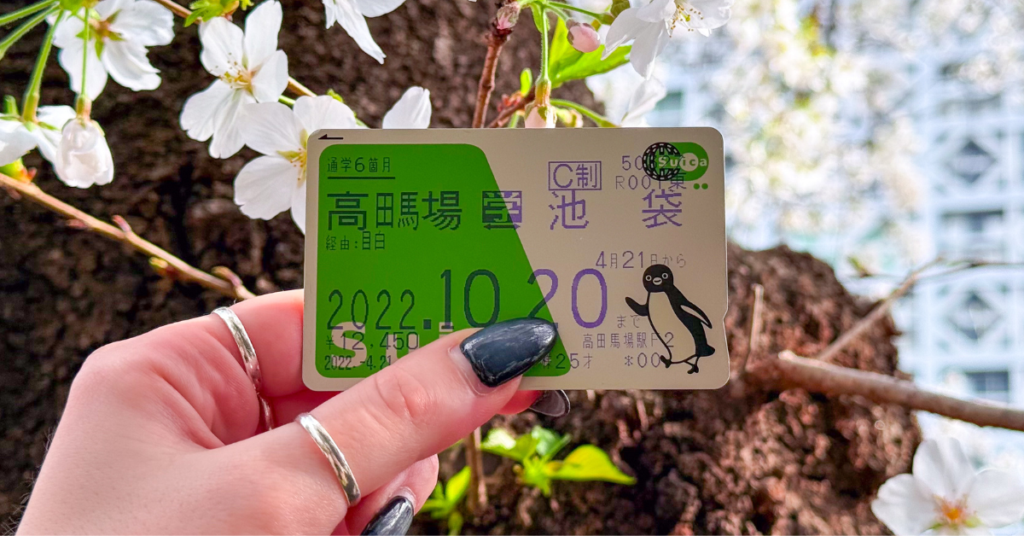When you’re settling into your new life in Japan you’ll think that you won’t have to worry about some of the basic things like setting the heating or using a Japanese washing machine but if you’re not that far into your studies then the instructions on the machine might be a bit confusing. There are even a couple of unexpected options that you might not be familiar with just to throw you off track.
Don’t worry though, we’ve put together a handy infographic and guide to help you navigate your way through your wash.
Before you get started you’ll need to make sure that it’s actually connected to the water. The machines will often be connected to a tap on the wall and you’ll need to remember to turn this on and off each time you use it.

Navigating the kanji
Then it comes to the buttons. Your Japanese washing machine probably has loads.
Unfortunately, you’ll find that there are buttons that can vary from each washing machine to washing machine. There are a few buttons that are generally common and will at the very least get your clothes clean.
Let’s start with the very basics, an automatic wash that soaks, rinses and spins for a normal load. For some machines, it can be as simple as pressing the power button (切/入) and then pressing start (スタート /一時停止) but for others, you may need to select the hyoujun (標準) or standard/automatic option first. This will let you get washing without any worries.
Now, if you want to do anything different there are a few other buttons you’ll need to learn.
Some of the common basics that are self-explanatory are:
洗い – Wash
すすぎ – Rinse
脱水 – Spin
乾燥 – Dry – This is dry as in drying your clothes unlike the next one on the list. It’s also worth noting that this isn’t always an option on some machines. If this is the case for you then keep an eye out for your local coin laundry, they’re very common and prices start at around 100¥ for a quick dry. They can prove very useful in the winter or if you don’t have a balcony to dry your futon or sheets.
ドライ(dry) – this uses a small amount of water and washes your clothes gently and without a spin cycle. This is often used for sweaters, dresses, and skirts. Think fabrics that you don’t want to shrink or to become misshapen.
ソフト (soft) – similarly this uses less water and washes items more gently but is more for delicates such as underwear, socks, and light t-shirts.
毛布 (moufu) – a particularly useful option if you have this as it’s for washing your futon and sheets. Be careful not to overload the machine though.
If you want to try some slightly more complicated options then you may want to try the following buttons if you have them.
水量 (Amount of water) – This allows you to use less water for a smaller wash. Normally the small display or lights will indicate the volume that you’ve selected.
予約 (Set a timer) – As you might’ve guessed this allows you to set your machine to start running when you want so you can set it up at the start of the day and have the wash finish just as you’re getting home.
ふろ水 (Take the water from the bathtub) – this might be a bit rarer and will depend on the plumbing of your home. It’s a great option to help you save on water.
Lastly, you’ll often have options to automatically mix combinations of choices without having to select them separately. For example, there’s 洗濯 (wash) this is a bit different to the one earlier on our list that allows you set time as well, this is an automatic wash cycle. Similarly, there’s 洗-乾 which gives you a wash and dry cycle combined.
It may be that your particular Japanese washing machine has different options but these should cover the basics that you’ll need and remember that you can just use the combo buttons to select a straightforward wash that will get your clothes clean and you’ll be fresh and good to go.
Was this article helpful to you? If so, you’ll probably like our other articles in the How To section on our blog!













